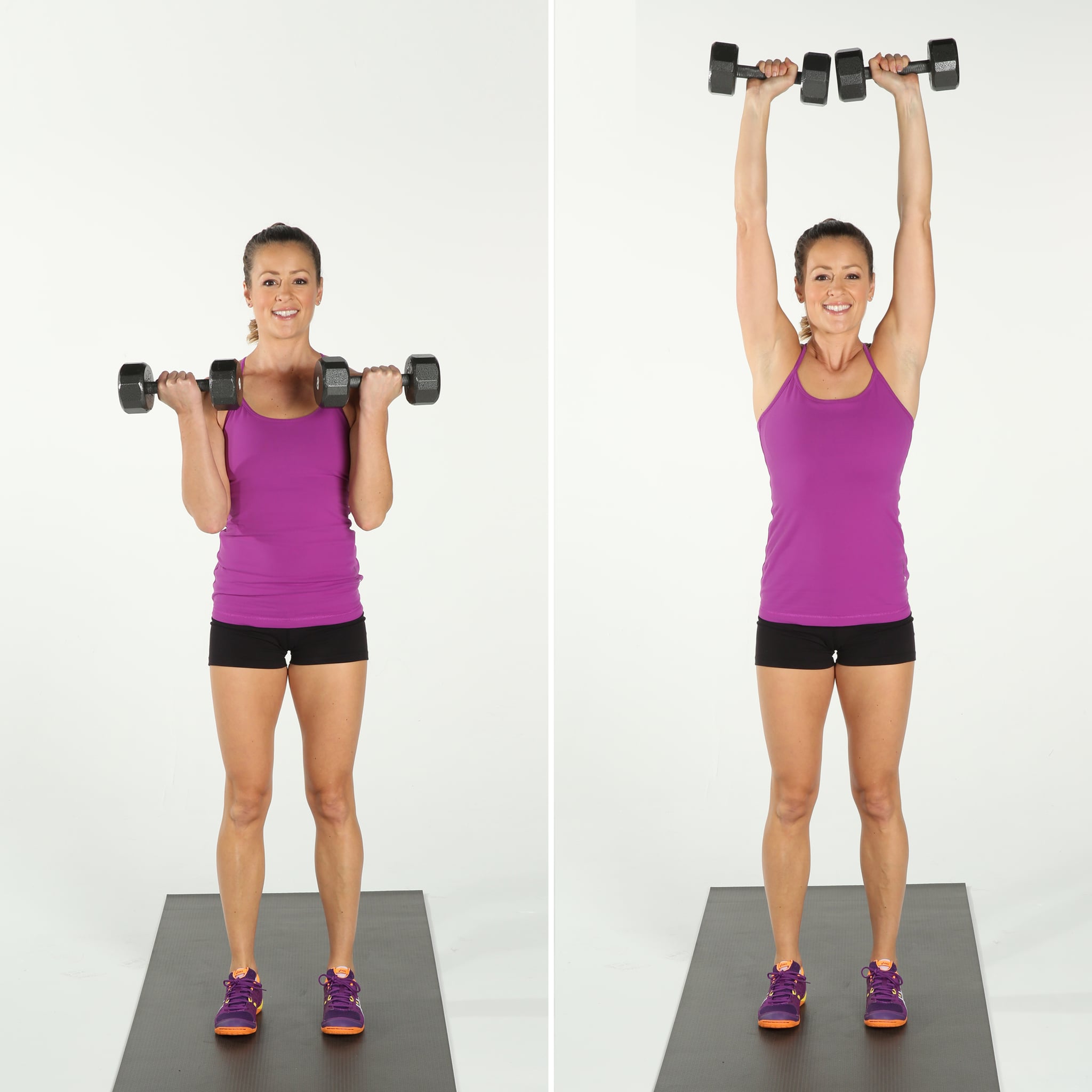Standing Overhead Dumbbell Presses

WHAT IS STANDING OVERHEAD DUMBBEL PRESSES ?
The dumbbell overhead press increases strength throughout the shoulders and engages the core for stability. It can be done in either a sitting or standing position, and with dumbbells held horizontally at the shoulders or rotated in a hammer grip. Given that the weight is not fixed by a barbell, your shoulders are free to rotate throughout the movement. You will not be able to lift as much weight with this exercise compared to the Overhead Press. It is an excellent muscle and strength builder for your core and upper body. It is challenging for any gym trainee and should be included as a foundational lifting exercise in their workout routine. This exercise works all aspects of the deltoid muscle of the shoulder. While you can do an overhead press with an exercise machine or barbell, dumbbells offer some unique benefits. In using a dumbbell you have more activation of the anterior (front) deltoid than when using a barbell. You can also identify whether you have an imbalance in your shoulder strength.
BENEFITS
This exercise works all aspects of the deltoid muscle of the shoulder. While you can do an overhead press with an exercise machine or barbell, dumbbells offer some unique benefits. In using a dumbbell you have more activation of the anterior (front) deltoid than when using a barbell. Teaches stable shoulder position when reaching overhead, Improves mobility in the shoulder joint by allowing the shoulders to rotate freely without the restriction of a barbell, Encourages strength development of all three heads of the shoulder muscles, triceps, while teaching core stability. 19가이드03
HOW TO DO?
- Holding a dumbbell in each hand, stand with your back straight, knees slightly bent, and feet shoulder-width apart. Make sure the dumbbells are held just outside the shoulders and the palms face each other. It is your initial position.
- Lift both the dumbbells up so that the weights are over your head and the arms are straight.
- Pause for a second or two before lowering the weights back to your original position.
- Repeat the steps for the required amount of reps.
